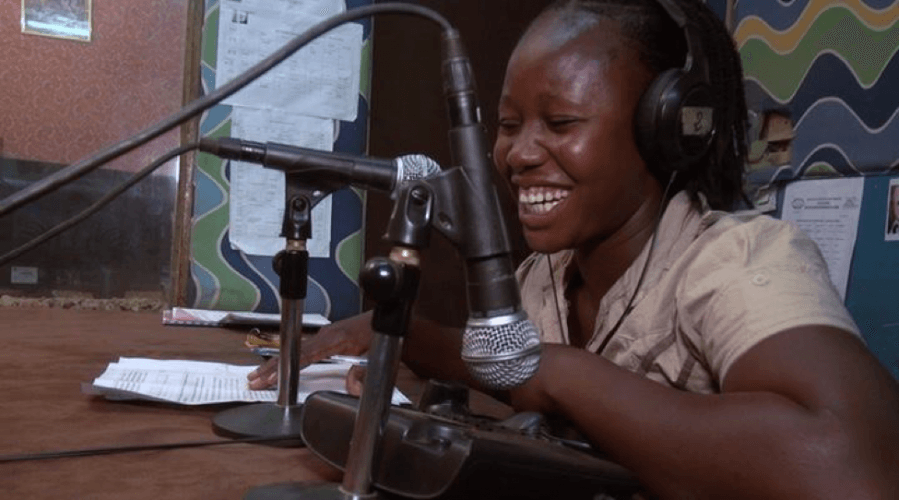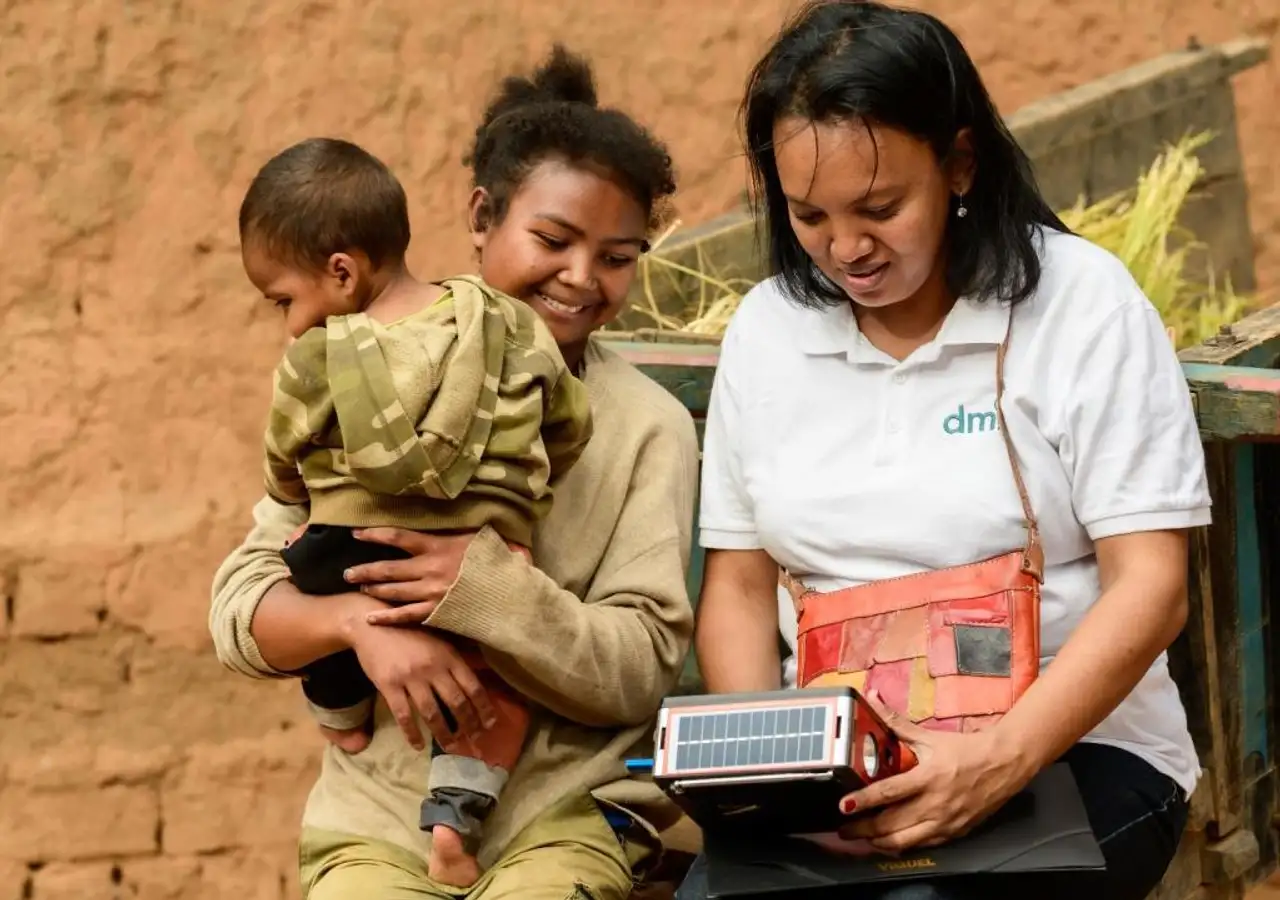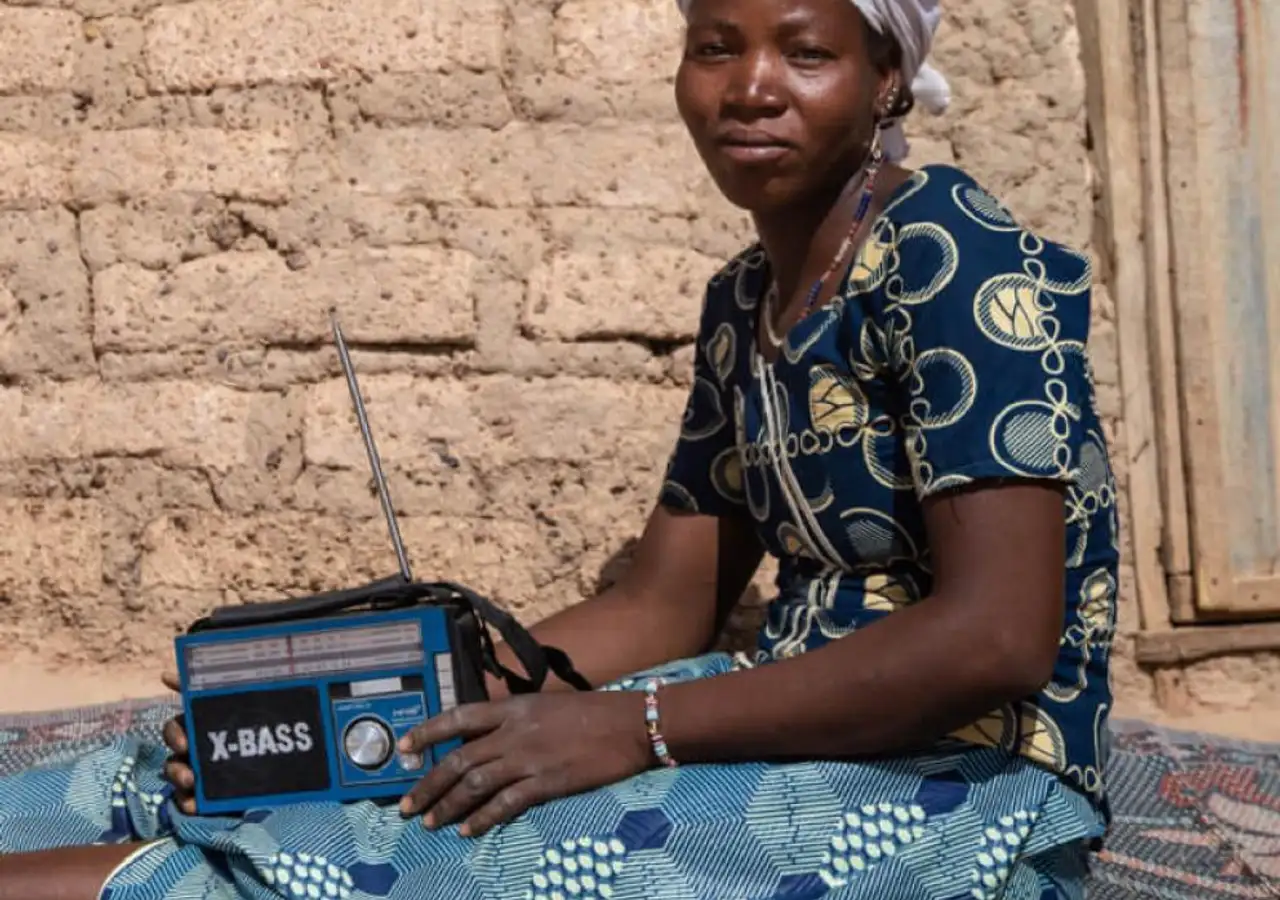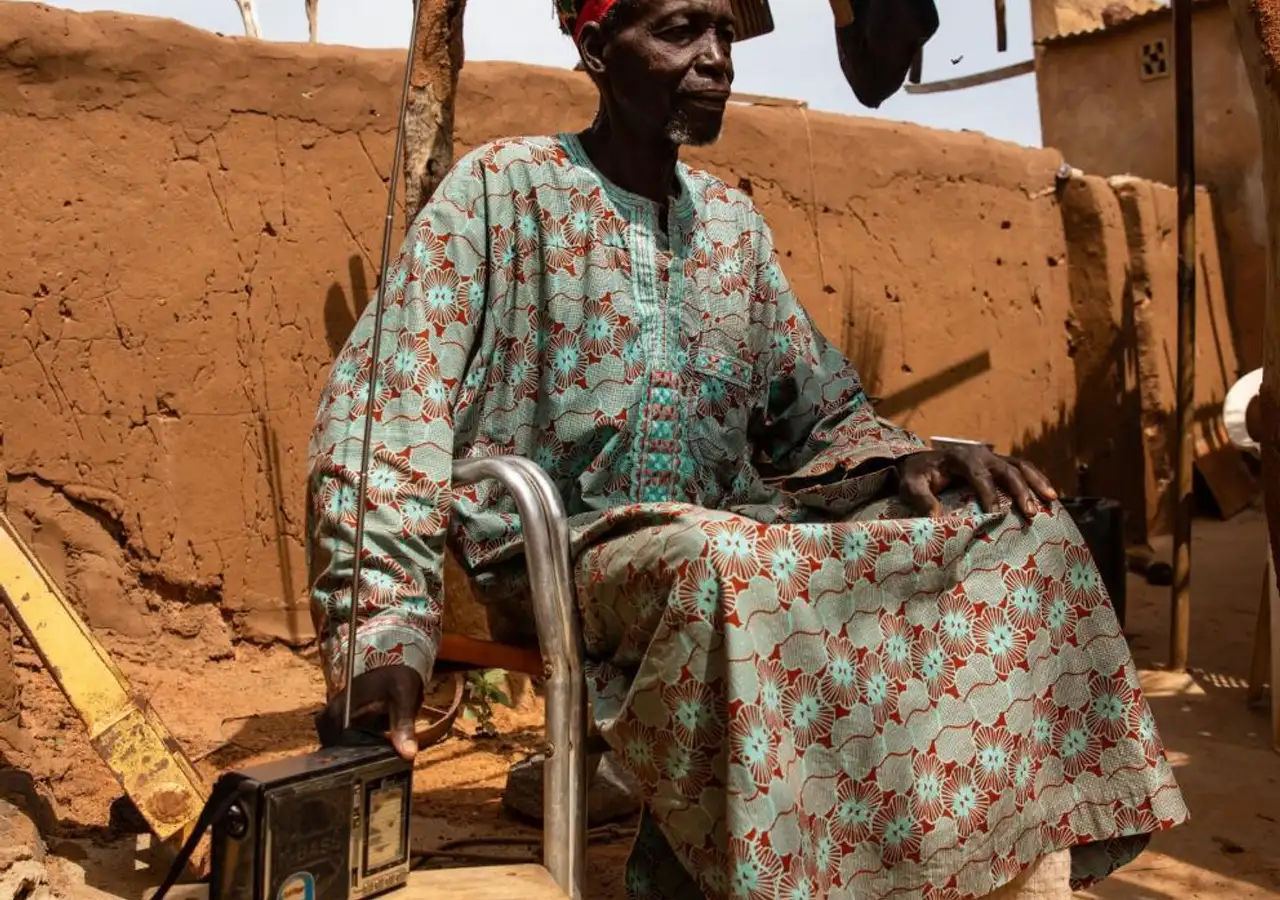Development Media International

Location
Burkina Faso
Sector
Public Health, Gender
Type of Investment
Grant
Project Stage
Test & Transition
Length of Investment
2015 - 2022
Website
Investment Overview
A $2 million grant to rigorously test the impact of a radio-based behaviour change campaign to encourage women in Burkina Faso to prevent unwanted pregnancies through the use of modern contraceptives.
The Development Challenge
Burkina Faso has a fertility rate of six children born to each woman, and modern contraceptive use is only at 15%. In Sub-Saharan Africa, the main barriers to contraceptive uptake are lack of information and awareness as well as fear of contraceptives.

The Innovation
Development Media International tested a radio-based saturation mass media campaign to encourage the use of modern contraceptives in Burkina Faso. The behaviour change campaign focused on overcoming the cognitive barriers and social norms that prevent the uptake of modern contraceptives. During the pilot phase, over 600,000 women of reproductive age were reached. During the subsequent national scale-up, it was estimated that approximately 3.8 million women were reached.

Our Investment
GIF's grant of $2 million supported a cluster randomised controlled trial in Burkina Faso to test whether the mass media family planning campaign was able to increase uptake of modern contraceptive methods. The RCT was the only one of its kind in the world testing the effectiveness of a family planning mass media campaign.

Progress to date
The pilot phase RCT was successful, as reported by Glennerster, Murray, and Pouliquen (2021) finding a 5.9 percentage point increase in the modern contraceptive prevalence rate. As hoped, this led to a nationwide scale-up in 2019.
During the pilot phase, over 600,000 women of reproductive age were reached by the mass radio campaign. At national scale-up, it was estimated that approximately 3.8 million women were reached. The research estimated that due to the national scale-up of the mass radio campaign, 225,000 additional women are using modern contraceptives. We estimate that the increase in the use of modern contraception averted over 42,000 unintended pregnancies in 2020. Using information on Burkina Faso’s maternal mortality rate and unofficial abortion rate, we estimate that the mass radio campaign has saved over 220 lives to date and reduced the number of unsafe abortions. The research also found that the impact on contraception translated into an improvement in self reported health and wellbeing among women impacted by the mass radio campaign.

Development Media International in numbers
Unwanted pregnancies averted in 2020
Women reached in pilot
Women reached during national scale-up